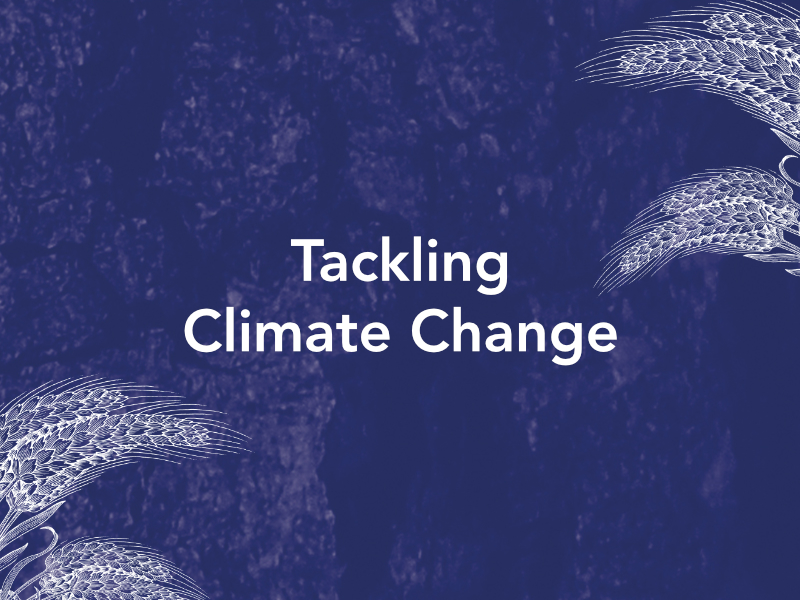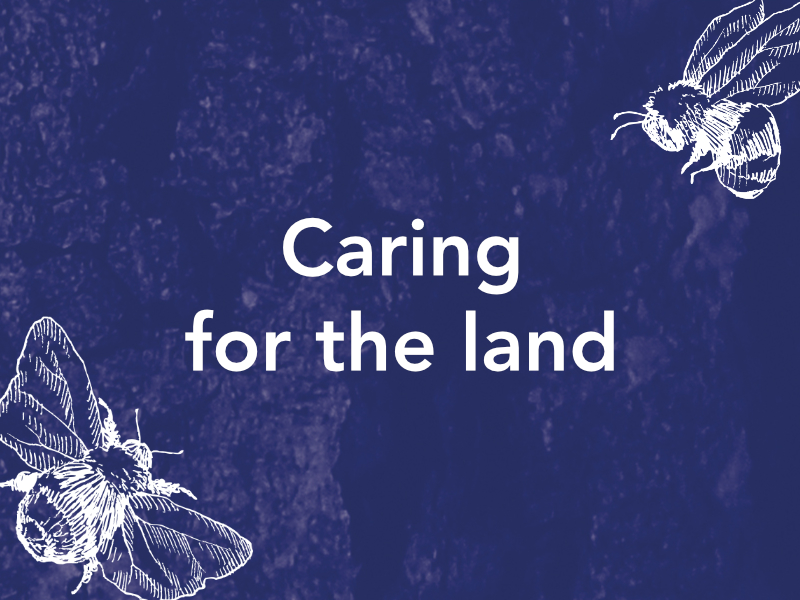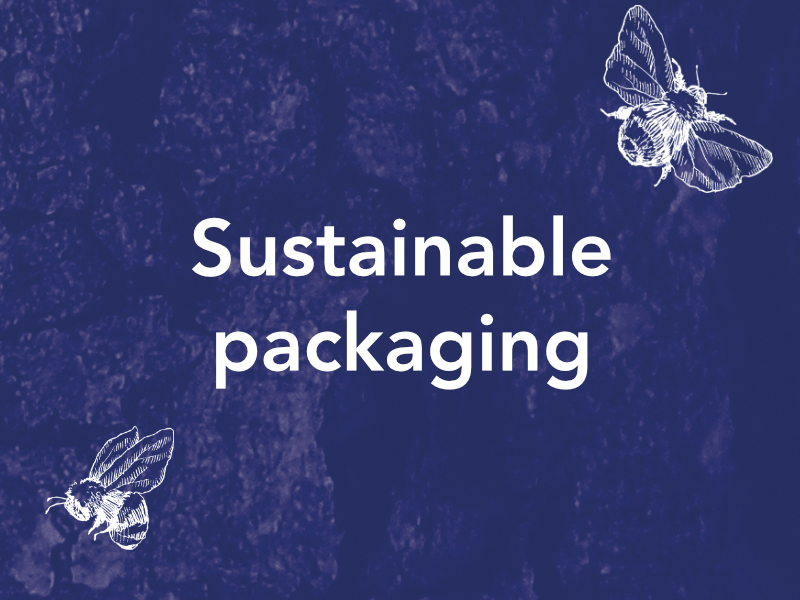Sustainable Scotch: Case studies

Falkirk Distillery
An innovative partnership between Falkirk Distillery and biotechnology company MiAlgae aims to reduce the waste output, carbon emissions and water footprint of the distillery by recycling whisky co-products as feedstock to grow microalgae.
Whisky co-products like pot ale and spent lees are transported from the distillery to a commercial demonstrator site, where they are used in MiAlgae’s processes to create an omega-3-rich microalgae that can be then used as a nutritious pet food ingredient, reducing global reliance on wild-caught fish as a primary source of omega-3. There are plans for the co-location of distilleries and biotechnology facilities, which will create an on-site water recycling solution, further committing to the sector’s goal of using water more efficiently.
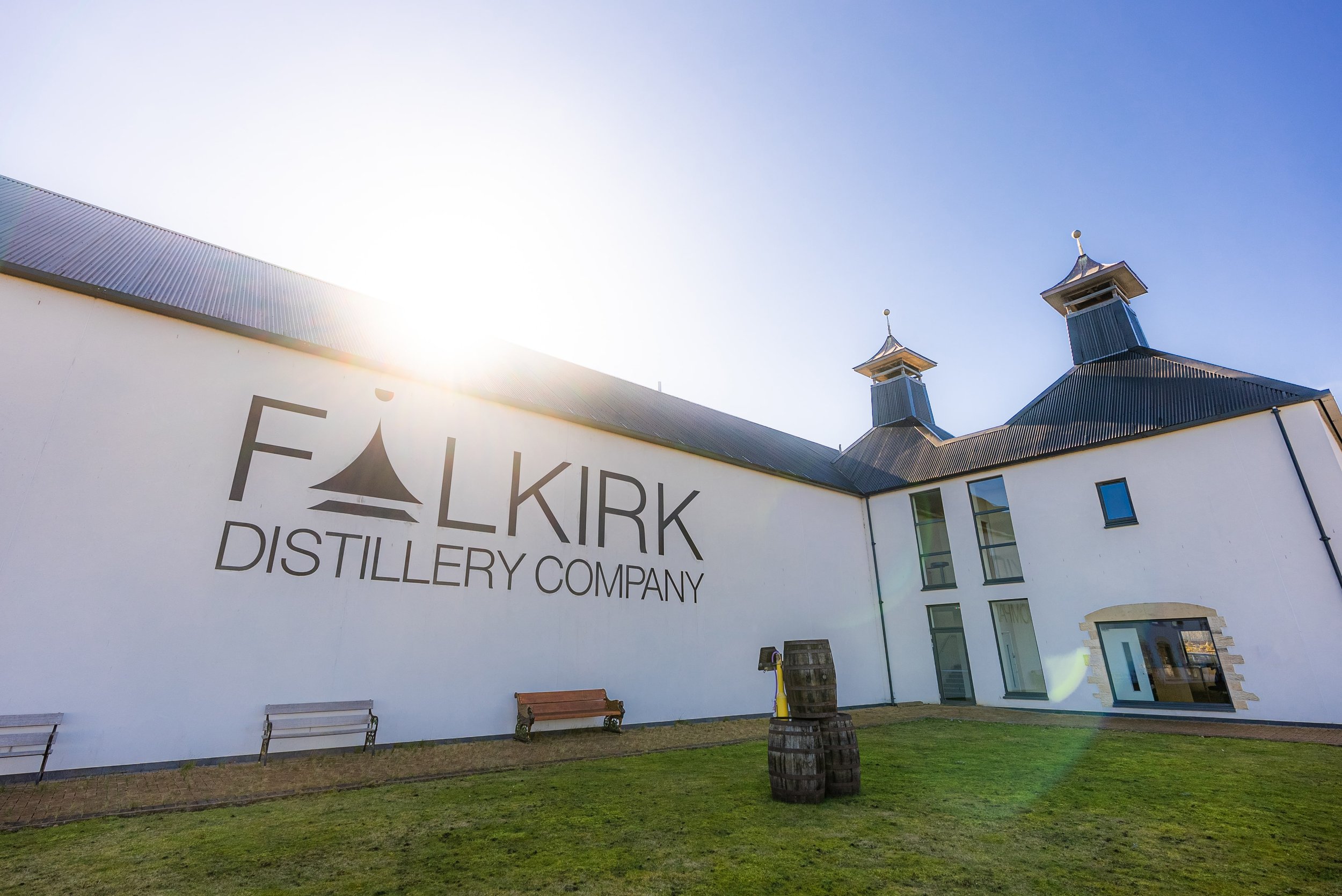
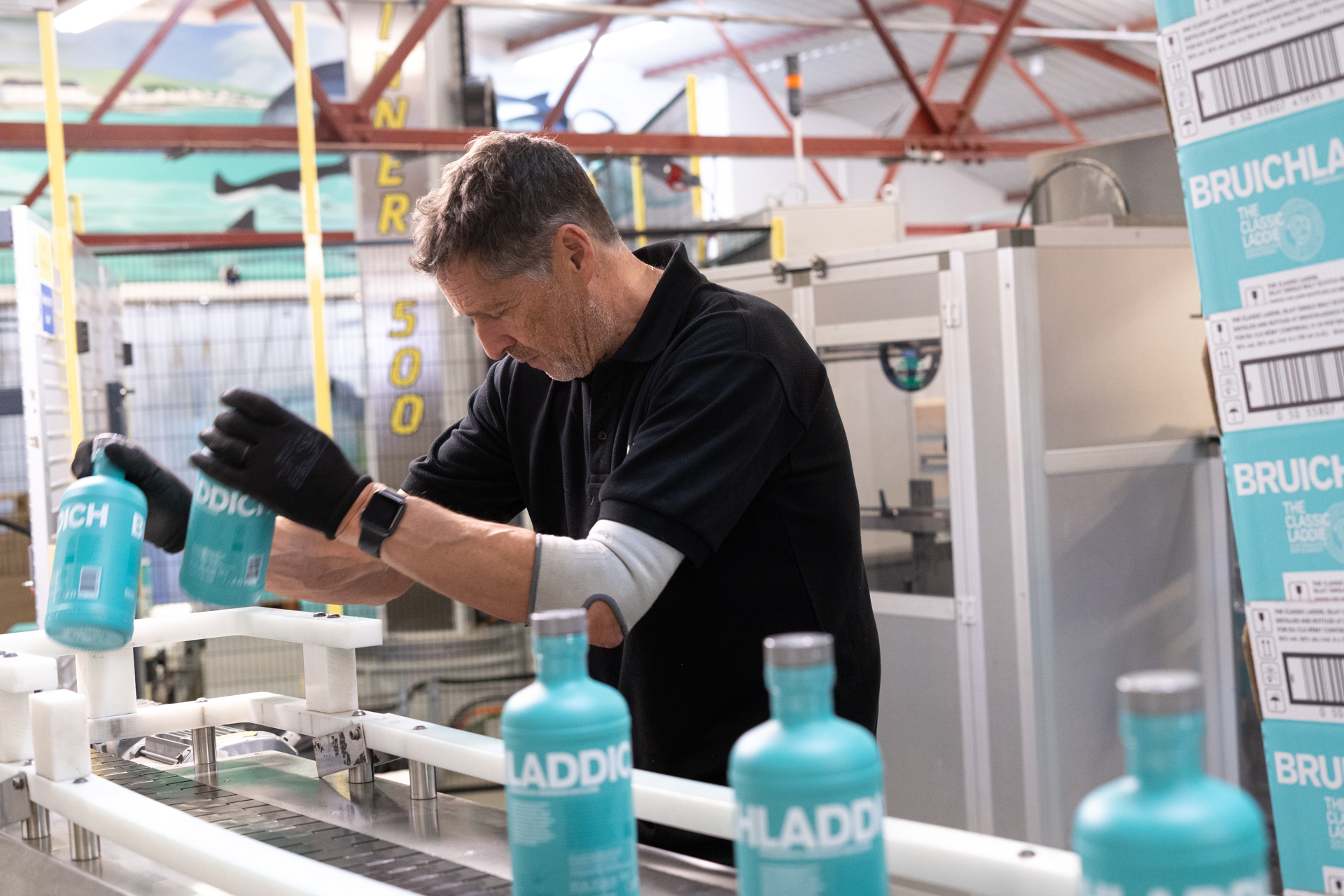
Bruichladdich Distillery
On a mission to use less and to use better, Bruichladdich Distillery redesigned their flagship Classic Laddie bottle, taking a number of steps to reduce their impact and lower packaging emissions. The secondary tin was removed the optimised bottle design means that it is 32% lighter than the previous version, while still keeping the iconic aqua colour – now with an organic ink coating. The recycled glass content of the bottle has also risen to an average of 60%.
This lighter bottle means shipping is more efficient, with more bottles on every pallet that enters or and leaves the distillery – further cutting transport CO2 emissions when shipping on and off Bruichladdich’s home on Islay. By optimising a number of design choices, the new bottle reduces packaging CO2 emissions by 65%, and the distillery will continue reviewing all elements of the production process to reduce its impact across the entire value chain – from grain to glass.
Glentauchers Distillery & The University of Strathclyde
By incorporating Mechanical Vapour Recompression (MVR) technology in combination with its existing Thermal Vapour Recompression (TVR) systems and hot water generation, Chivas Brothers’ Glentauchers Distillery in Speyside is able to recycle close to 100% of the steam produced in the falling film condenser and halve energy usage and carbon emissions.
The next step on Chivas Brothers’ journey towards achieving carbon neutral distillation by the end of 2026 is the rollout of these integrations across all its viable sites, including Glasgow's Strathclyde Distillery. In the spirit of putting collaboration ahead of competition, the learnings from the integration have also been made ‘open source’, with the intention that they benefit the Scotch whisky industry on its journey towards a sustainable future.
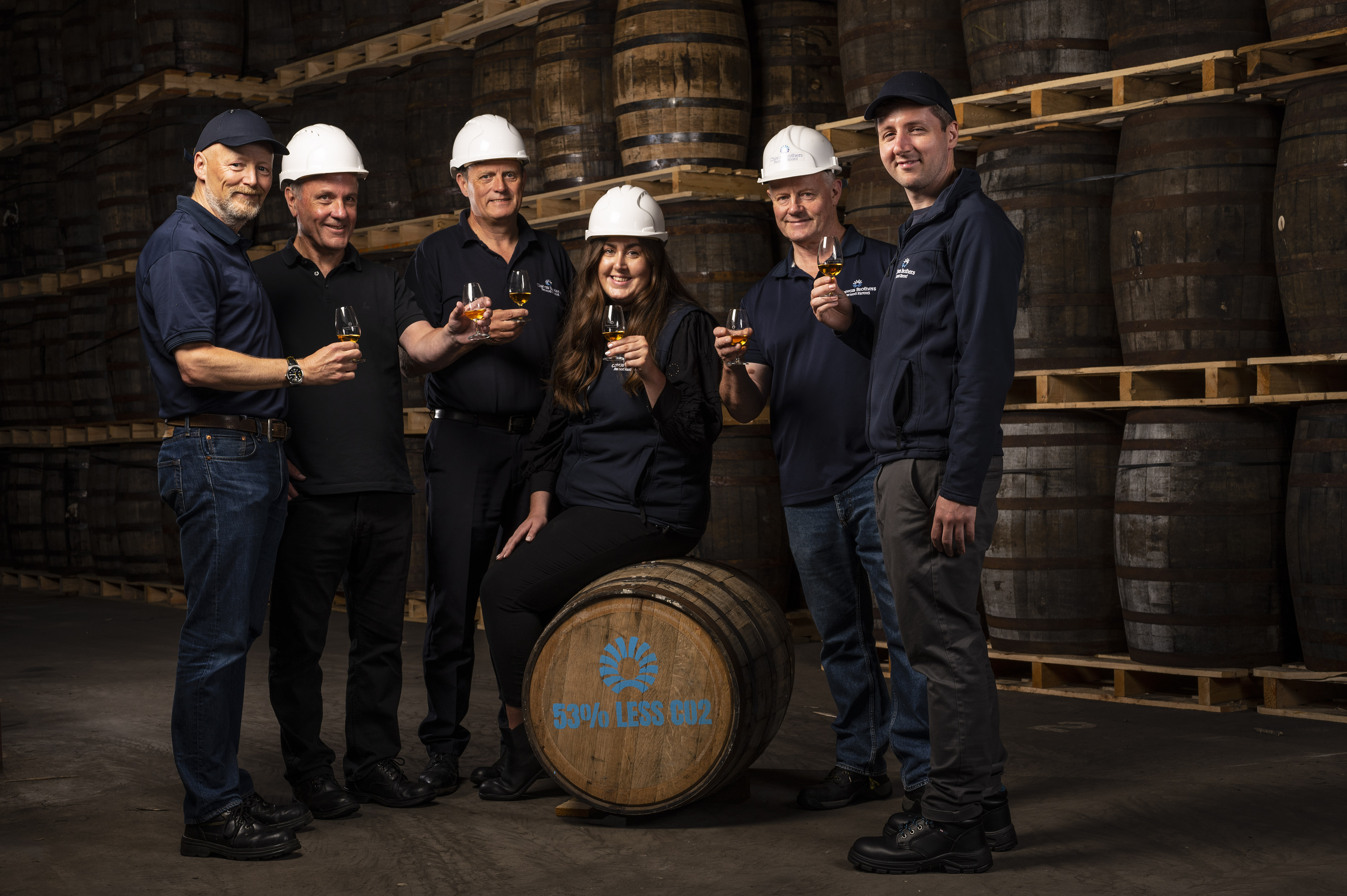
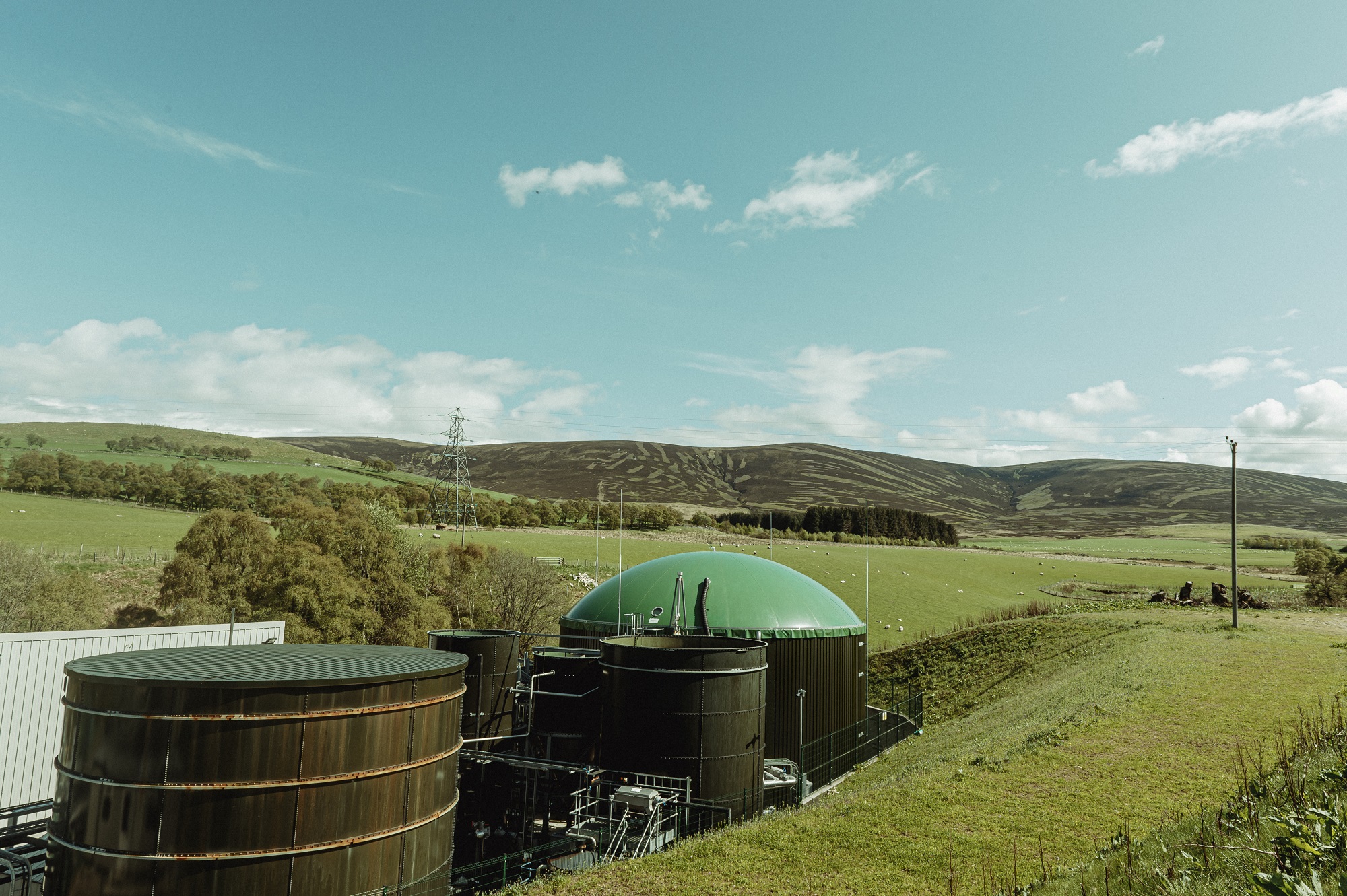
Balmenach Distillery
Showcasing the potential for efficiency and reduction in energy use and emission is one of the Scotch whisky industry’s oldest distilleries, Balmenach, which turns 200 in 2024. At the heart of Balmenach and parent company International Beverage’s progression towards cleaner, greener whisky production is an Anaerobic/Aerobic Digestion (AD) plant which uses micro-organisms to breakdown the liquid co-products of whisky production, which produces clean bio-methane gas, which in turn powers a Combined Heat and Power engine to generate power for the distillery and grid. In combination with an existing biomass boiler which uses locally sourced wood pellets to produce steam, the site has reduced their CO2 emissions from 1.5kg to 0.5kg per litre of alcohol produced.
Diageo
Working in harmony with the natural environment, regenerative agriculture is a holistic approach to farming that uses best agricultural practices to produce crops while also delivering beneficial outcomes for soil health, climate, water, and nature. In 2023, Diageo launched a three-year regenerative agriculture programme focused on reducing the carbon emissions from growing barley and wheat, essential to the production of Scotch whisky, including Diageo’s own blends and single malt whiskies. Collaborating with around twenty farms across Scotland and technical partners at Agricarbon, James Hutton Limited, Scottish Agronomy and SAC Consulting, the programme aims to share knowledge to support regenerative agriculture practices that can be delivered across the industry and more widely, building resilience across farming systems and supporting a reduction in Scope 3 carbon emissions.
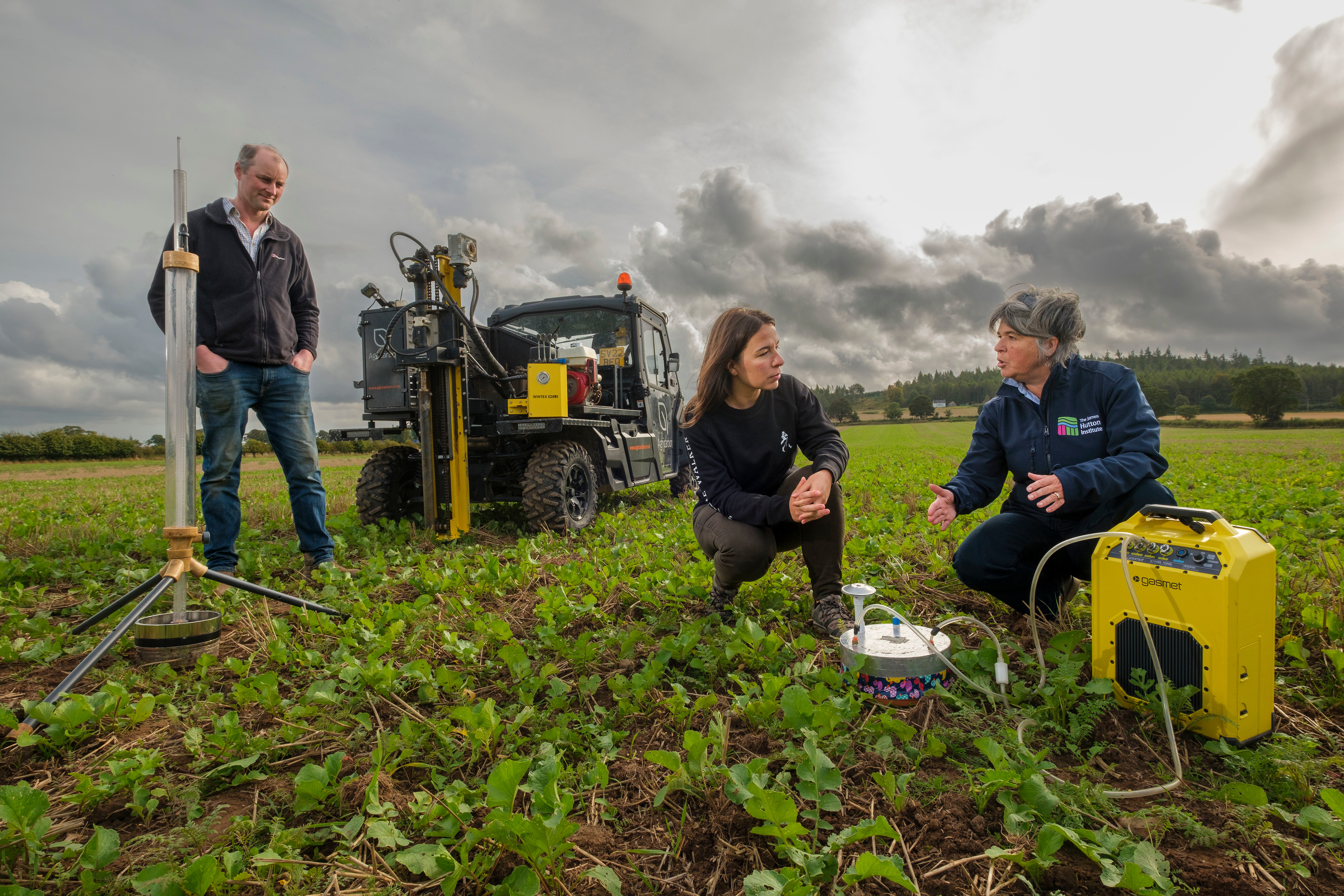
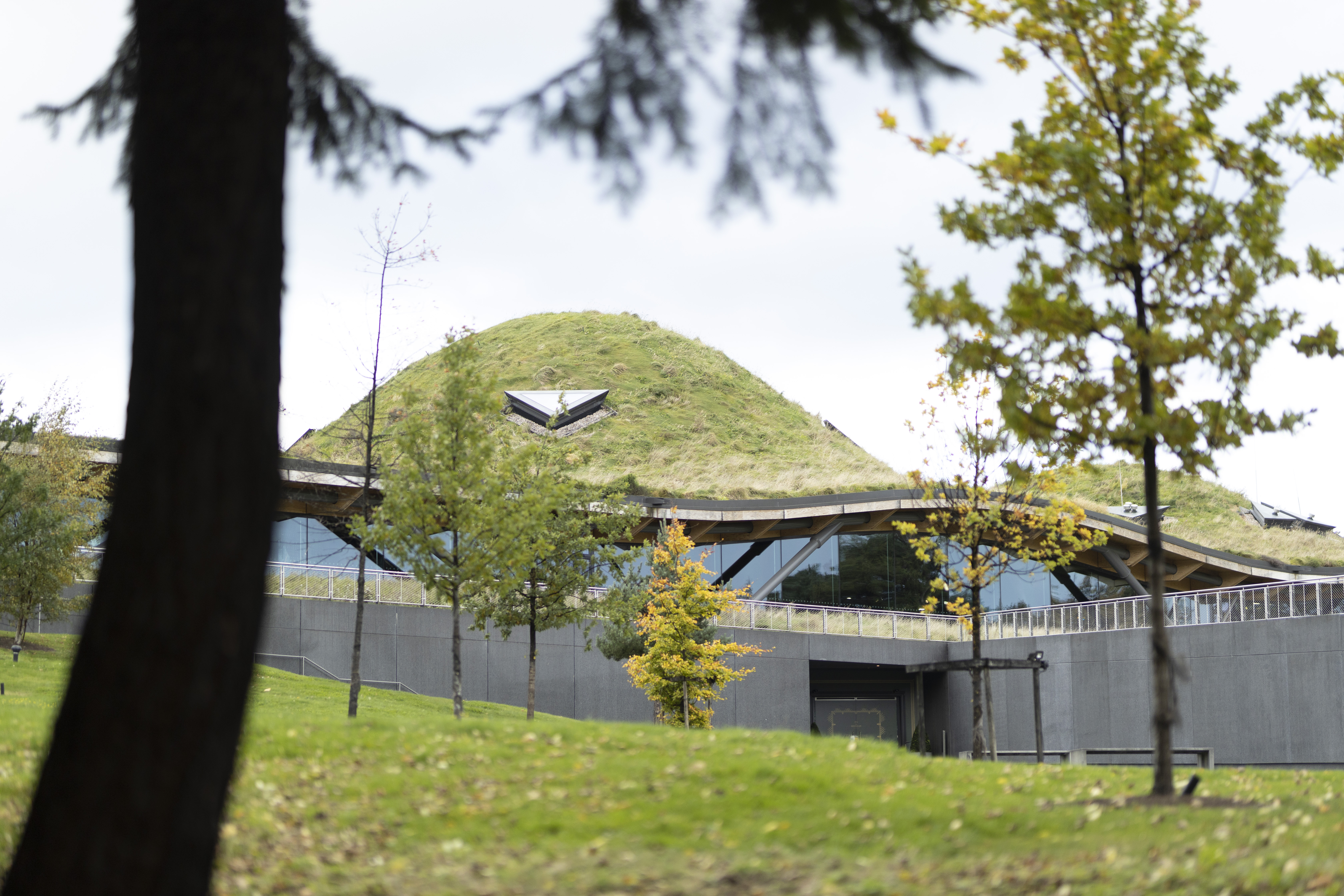
The Macallan
Set alongside the River Spey, Edrington’s The Macallan Estate and Distillery has been operating on a carbon neutral basis across their direct emissions since the end of 2021, via a combination of 99% verified renewable energy, integrated land management projects and carbon sequestration from their natural assets.
Steam, used to heat the distillery stills, is provided by direct pipeline from a small local supplier (SREP), which is fuelled by sustainable low-grade wood including forest residue and waste from sawmill operations. This is in combination with gas, sourced from a nearby anaerobic digestion plant, which created biogas from distillery co-products, and 100% Renewable Electricity Guarantee of Origin (REGO) certified electricity, accounts for the 99% renewable energy that is used to power the distillery.
Ardgowan Distillery
Before the first drop of whisky is distilled in their new site, Ardgowan Distillery is preparing for change. Built with the intention of keeping sustainability front of mind and specifically designed so that each part of the whisky making process - from mashing to distillation – can be updated with new technologies when available, the soon-to-open distillery has also partnered with Herriot-Watt University’s School of Brewing and Distilling students to explore new carbon reduction technologies to repurpose biogenic CO2 produced during the fermentation process.
Future-proofing the distillery means that as low-carbon technologies mature, the distillery can remain at the forefront of the industry and continually look for improvements in efficiency for their processes.
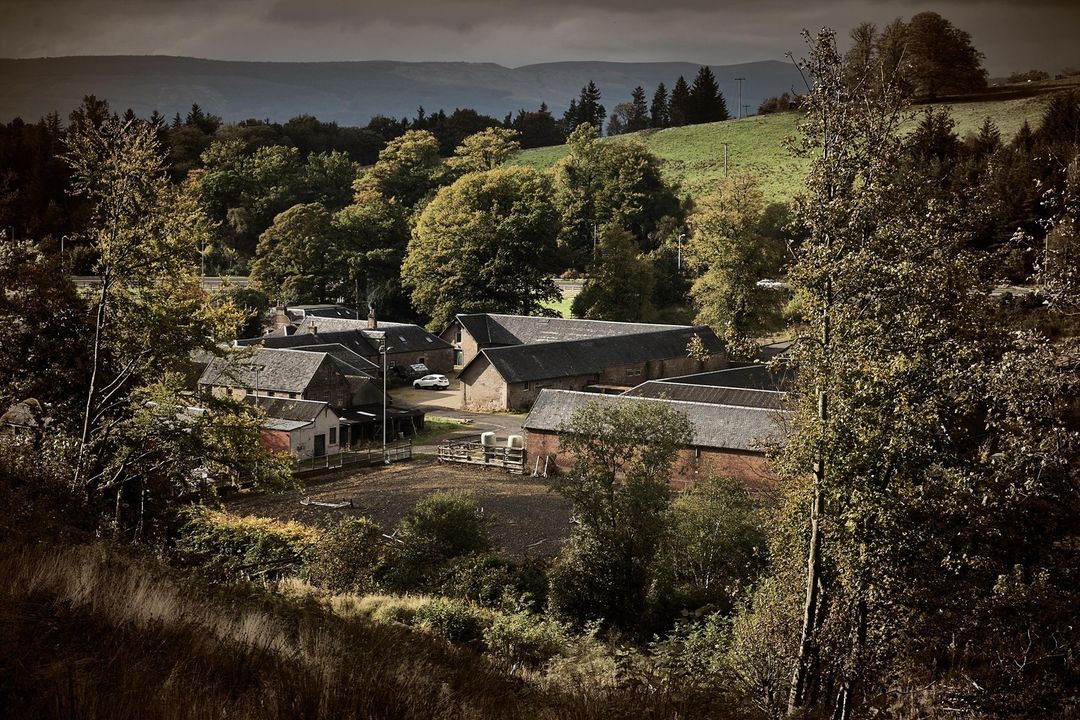
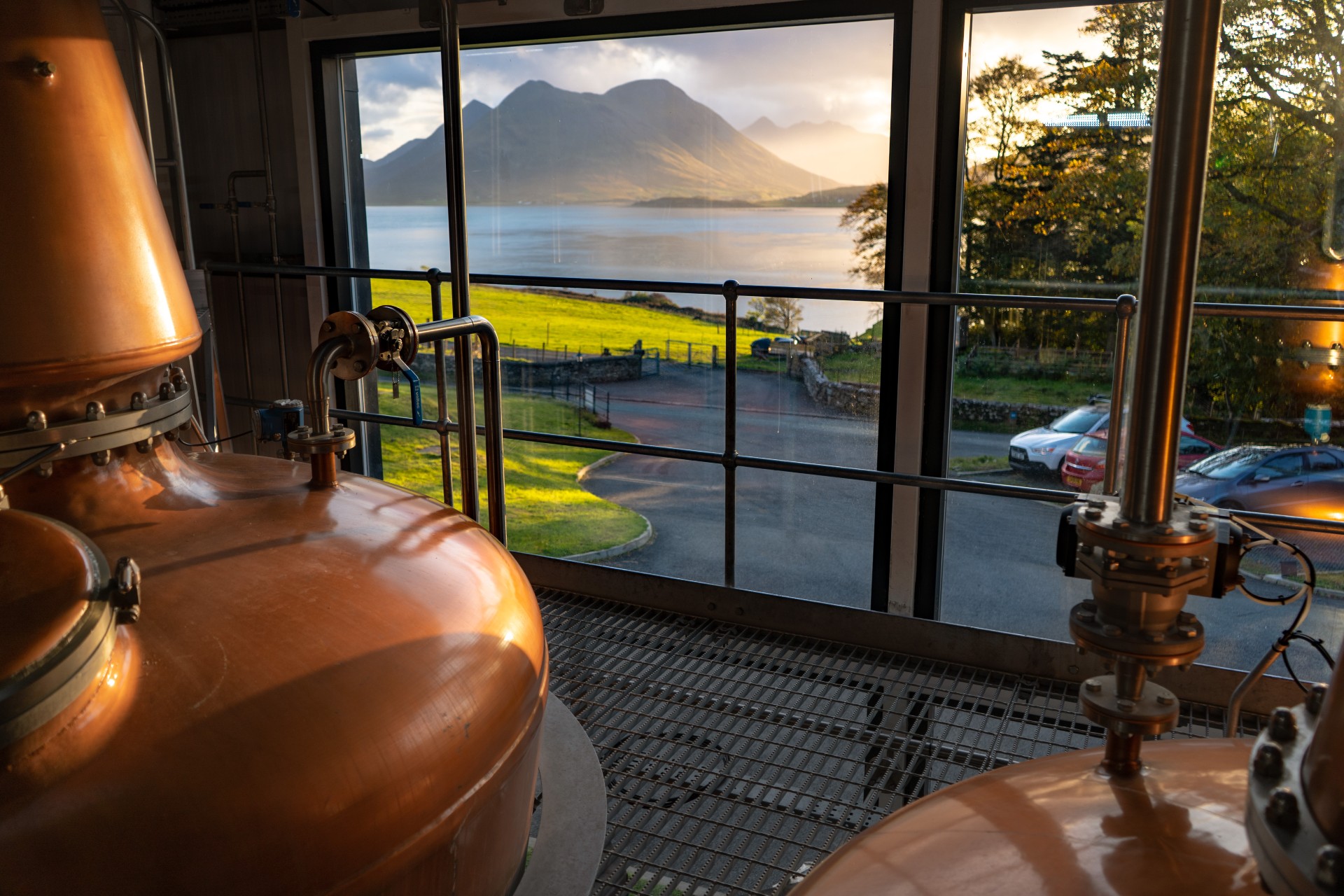
Isle of Raasay Distillery
In the search for a greener, more sustainable approach to Scotch whisky production, Isle of Raasay Distillery has taken part in a Knowledge Transfer Partnership (KTP) with the University of Strathclyde’s Department of Chemical and Process Engineering. Giving the distillery access to cutting-edge research and technology, the project had the two organisations working together to develop a process that would utilise whisky by-products to produce hydrogen – which could ultimately be combusted to raise steam for the distillation process.
While not yet at commercial maturity, the project is one step on the distillery's journey to determine the best energy system for their site that can work in combination with community-run renewable energy schemes on the island.
Going with the Grain
The Scotch Whisky Association, Scottish Quality Crops, National Farmers Union - Scotland, Scottish Agricultural Organisation Society, and SRUC (Scotland’s Rural College) share a common mission to make malting barley production more environmentally and economically sustainable by reducing the use of inorganic nitrogen fertiliser. With 28% of arable crops’ greenhouse gas emissions attributed to artificial fertiliser, the Going with the Grain research project is assessing the viability of lower-emitting inorganic fertilisers (e.g. green digestate) by understanding perceptions, challenges and drivers to use across the supply chain. The aspiration is that this project will pave the way for other decarbonising initiatives that involve supply chain partnerships, with a focus on the reduction of Scope 3 emissions. The project is supported by the Scotland Food & Drink Partnership Net Zero Fund.
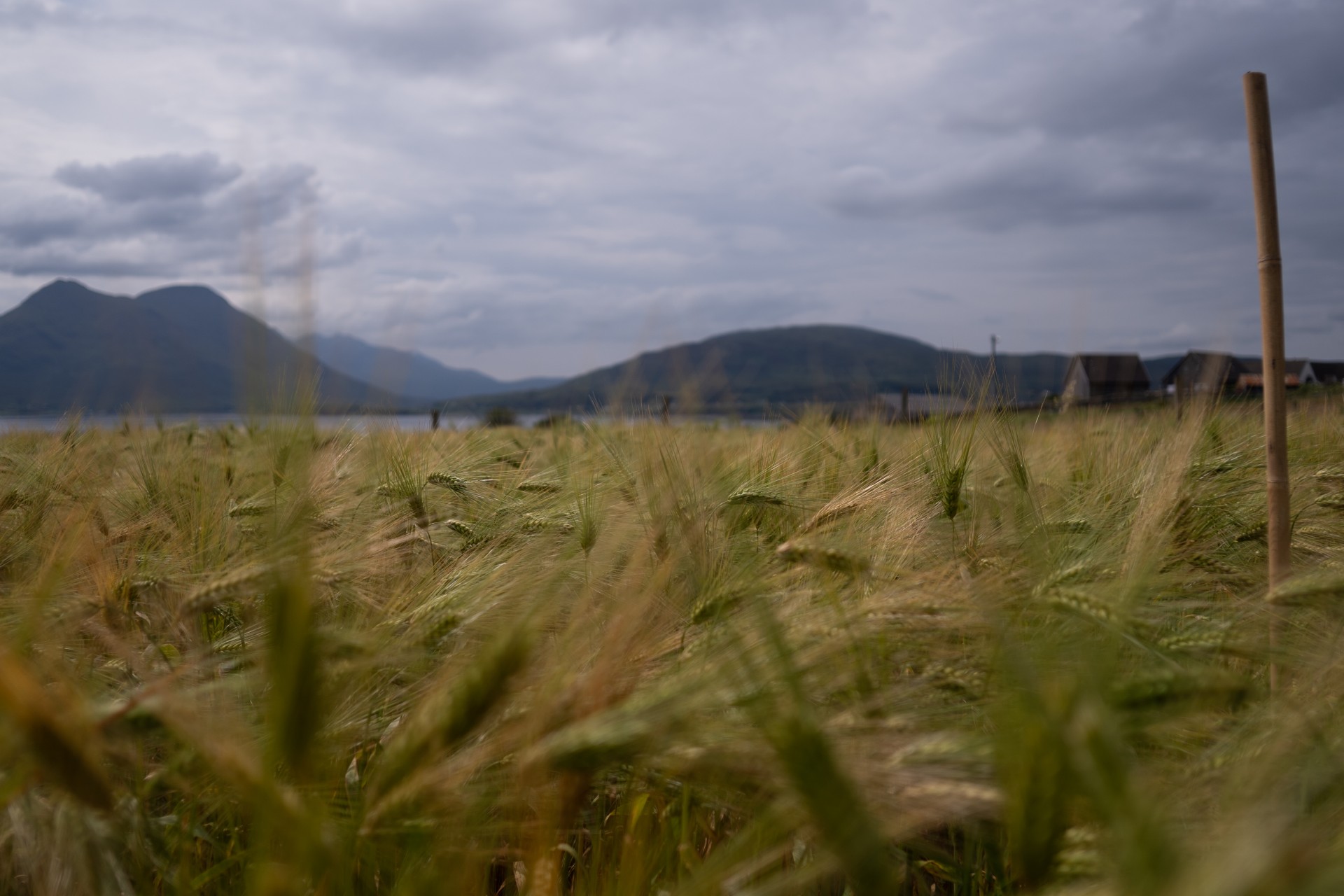
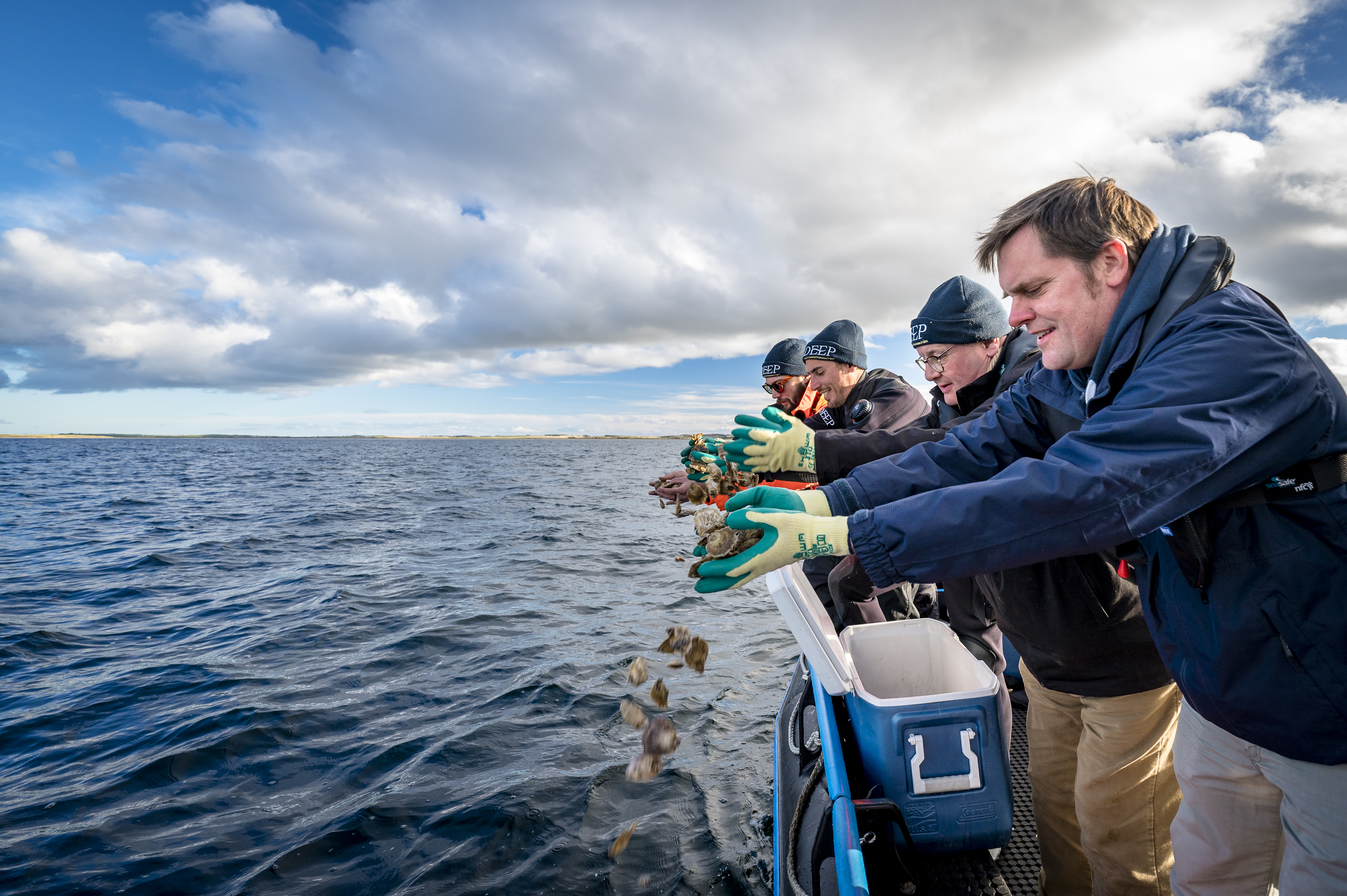
Glenmorangie Distillery
Launched in partnership with The Glenmorangie Company, Heriot-Watt University and the Marine Conservation Society, The Dornoch Environmental Enhancement Project (DEEP) is a restoration project with the aim of restoring a reef of Native European oysters to the Dornoch Firth, where they once thrived.
With 85 000 oysters restored to the Firth so far, the project seeks to create a self-sustaining reef of four million oysters by 2030, and increase biodiversity in the region by creating a habitat for new creatures to settle in. The oysters are natural bio-filters, meaning they will also work in tandem with the Glenmorangie Distillery’s Anaerobic Digestion (AD) plant by further cleaning filtered water that is returned to the Firth from the plant’s filtration system.
Ardmore Distillery
Suntory Global Spirits launched the Peatland Water Sanctuary™ initiative, committing to replenish as much peat as is used to create their peated whiskies by 2030, and doubling this target by 2040.
The programme is investing over $4.4 million into the restoration and conservation of a minimum of 2,600 hectares of peatlands by the end of the next decade, which will help protect high quality water sources across Scotland. With 14 hectares already restored near the company’s Ardmore distillery, 70 hectares near its Bowmore and Laphroaig distilleries on Islay, and another 160 hectares of restoration in progress in East Ayrshire, Suntory Global Spirits is working with local partners such as the RSPB, Forestry and Land Scotland and the James Hutton Institute to further Scotland’s sustainability and biodiversity ambitions and net-zero goals.
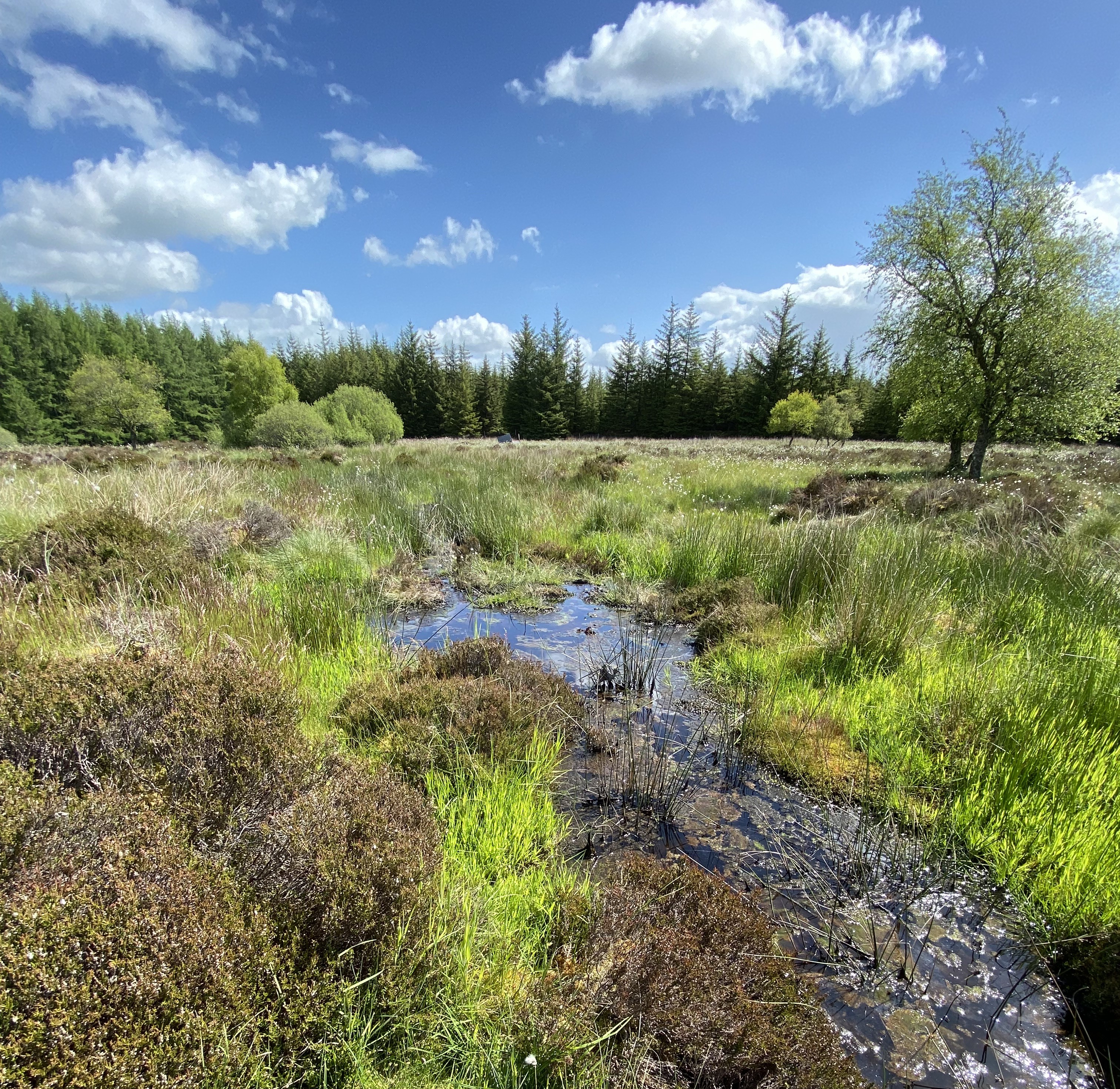
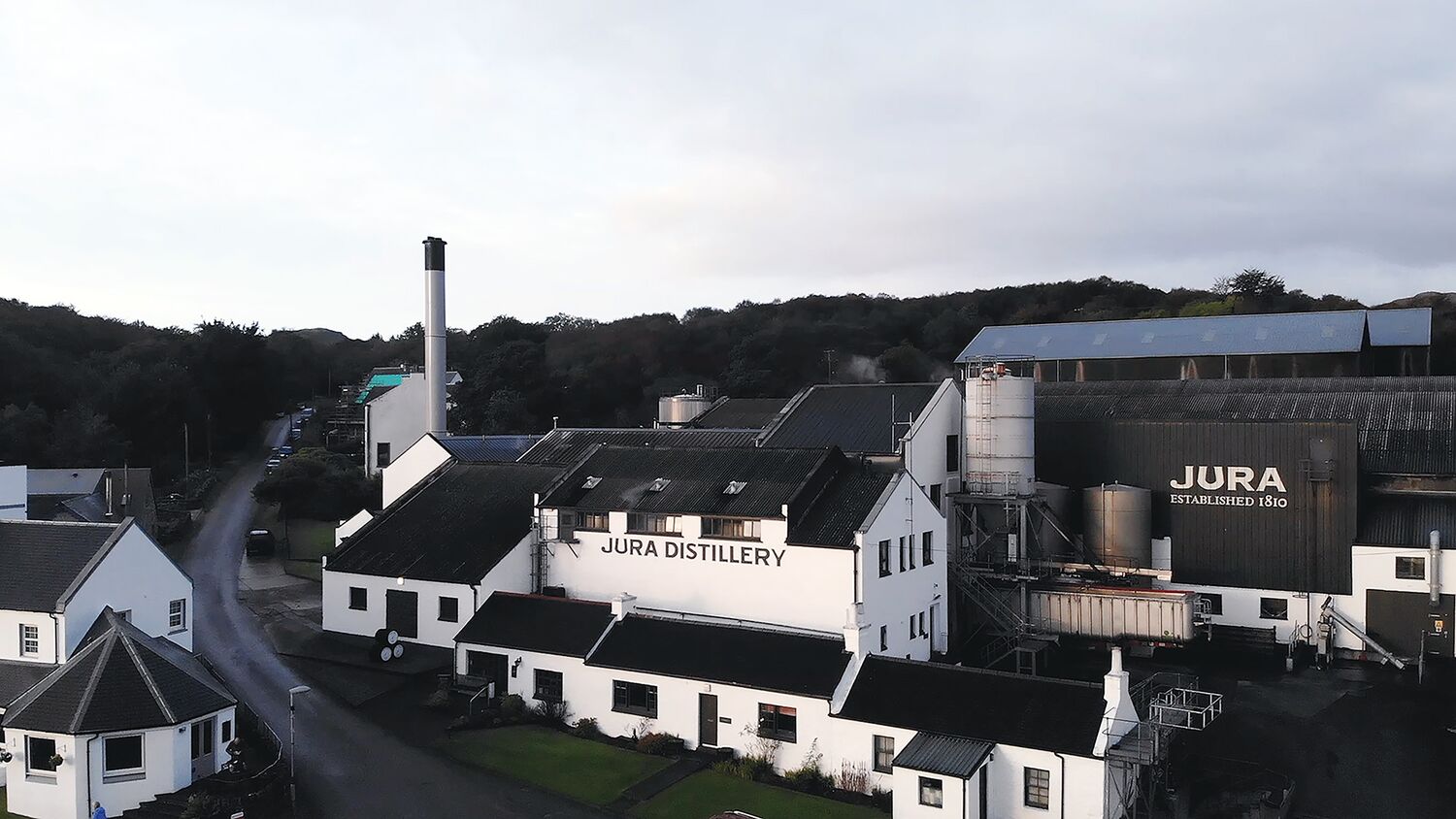
Jura Distillery
Located on the wind and rain-swept islands off Scotland’s west coast, Whyte and Mackay’s Jura Distillery faces annual repainting to protect it from weather degradation. The remote nature of the distillery means repainting increases carbon emissions through the transportation of materials, and causes production and tourism disruptions. In collaboration with researchers from the University of Hertfordshire and UK Hempcrete, a more robust surfacing is being trialled that will hopefully reduce the carbon footprint of the island’s whisky makers.
The self-repairing limewash contains a non-pathogenic bacteria which increases the amount of CO2 the building surface can absorb through photosynthesis. In turn, this generates additional calcium carbonate which forms a more robust barrier against erosion and encourages self-repairing mechanisms, which will reduce maintenance requirements. The ambition is for the surfacing to be used on a wider scale, across the local community and into the wider Scotch whisky sector.
